Crude soya oil
Crude soybean oil is the pure but unpalatable oil produced from low to average quality crude soya beans. Most of the free fatty acids and gums naturally present in soya beans are removed by hydration and mechanical separation.
- It is obtained by heat treatment, crushed, dehulled, and conditioned soybean which is pressed. Oil is released from the resultant residue through sedimentation and filtering in a frame filter press.
- Crude soya oil is suitable for further processing as a feedstock in the manufacture of ready-made mixtures for animal feeding, as well as raw materials in the paint and varnish industry, and in biodiesel production.
Storage conditions of crude soya oil
- It is recommended to store in tanks where the oil will not be in contact with moisture and high temperature and where it will be protected from the entry of rodents, insects, birds, and other animals.
- Shelf life: 12 months.
Facts about soybean oil
- Between 2018 and 2019, over 62 million tons of soya bean oil was produced all over the world, making it one of the most popular oils available.
- Despite its low oil content (18% to 22%), soya bean is the second most important oil crop of the world, after palm oil.
- The high protein content (37% to 40%) of soybean makes it the main feedstock in the manufacture of feed for domestic animals.
Health benefits of soybean oil
- It is very rich in vegetable protein and unsaturated fats. It also contains other useful nutrients, such as iron and vitamin B1.
- Unsaturated fat has a positive impact on health. Unsaturated fat increases good cholesterol and lowers bad cholesterol.
- It is a noteworthy source of omega-3 fatty acids.







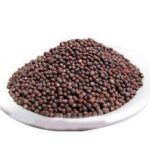





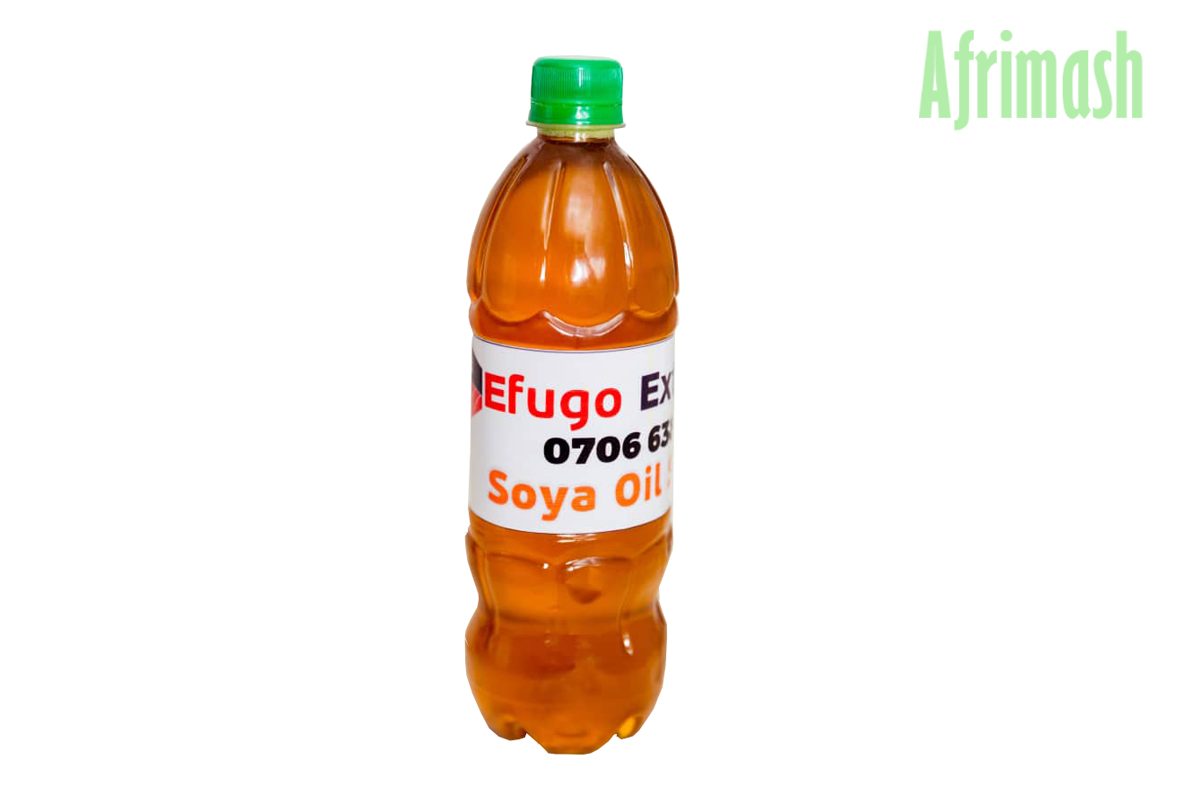





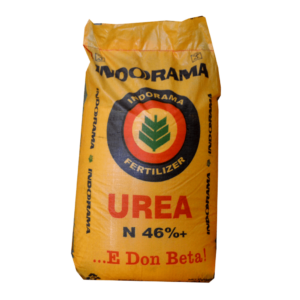
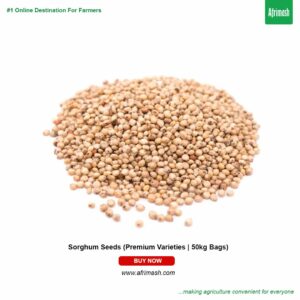




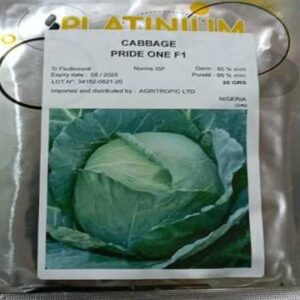

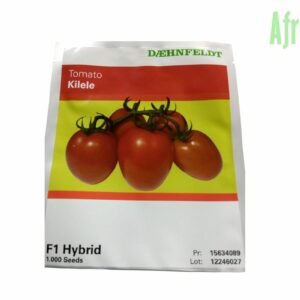

Reviews
Clear filtersThere are no reviews yet.